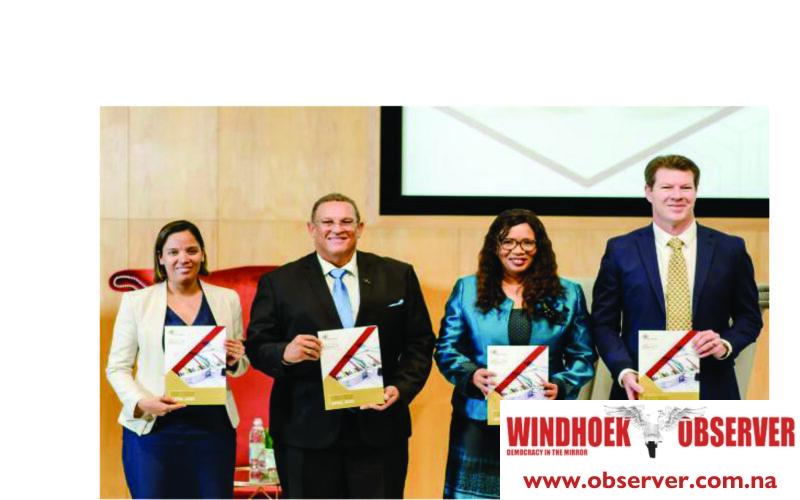Staff Writer
The Bank of Namibia (BoN) and the Namibia Financial Institutions Supervisory Authority (Namfisa) have released the October 2025 Financial Stability Report, assessing the strength of the country’s financial system and its ability to withstand internal and external shocks.
According to the report, the domestic economy slowed sharply in the second quarter of 2025, mainly due to weak performance in the manufacturing, fishing, and agriculture sectors.
The economy grew by 1.6% during the quarter, compared to 3.3% recorded in the same period last year.
The contraction was driven by declines in manufacturing, fishing and fish processing on board, and agriculture subsectors.
Among the primary industries, only mining recorded positive growth, supported by increased uranium output.
The secondary industries showed mixed results.
Manufacturing fell due to lower cement and blister copper production, while construction and the electricity and water subsectors improved, supported by government infrastructure projects.
The tertiary industries continued to expand, with growth in wholesale and retail trade, tourism, communication, financial services, education and public administration and defence.
“Overall risks to the Namibian economy remained moderate, mainly reflecting both global and domestic factors. Global factors such as prolonged policy uncertainty could dampen consumption and investment, whereas the escalation of protectionist measures disrupts supply chains and reduces productivity growth,” the report said.
The report also cited depressed diamond prices and growing competition from lab-grown diamonds as significant risks. These could weaken export earnings, reduce government revenue, and worsen the country’s external balance sheet.
Domestically, risks include water supply interruptions in coastal towns and lower Southern African Customs Union (SACU) receipts for the 2025/26 fiscal year.
Household debt growth declined by 2.3 percentage points to 0.3%, with total household debt standing at N$77 billion by June 2025.
Corporate debt rose slightly by 0.7% to N$182.1 billion during the second quarter, mainly due to increased domestic borrowing.
“The banking sector remained well capitalised, profitable and liquid, with notable improvement in asset quality in the first half of 2025. The banking sector’s total assets declined by 4.1%, mainly due to a decrease in cash and balances. The Non-Banking Financial Industry sector’s aggregate assets reached N$501.7 billion by mid-2025, representing a 5.8% increase from the end of 2024,” the report said.
Caption
The Bank of Namibia (BoN) and the Namibia Financial Institutions Supervisory Authority (Namfisa) issue financial stability reports throughout the year.
- Photo: File




